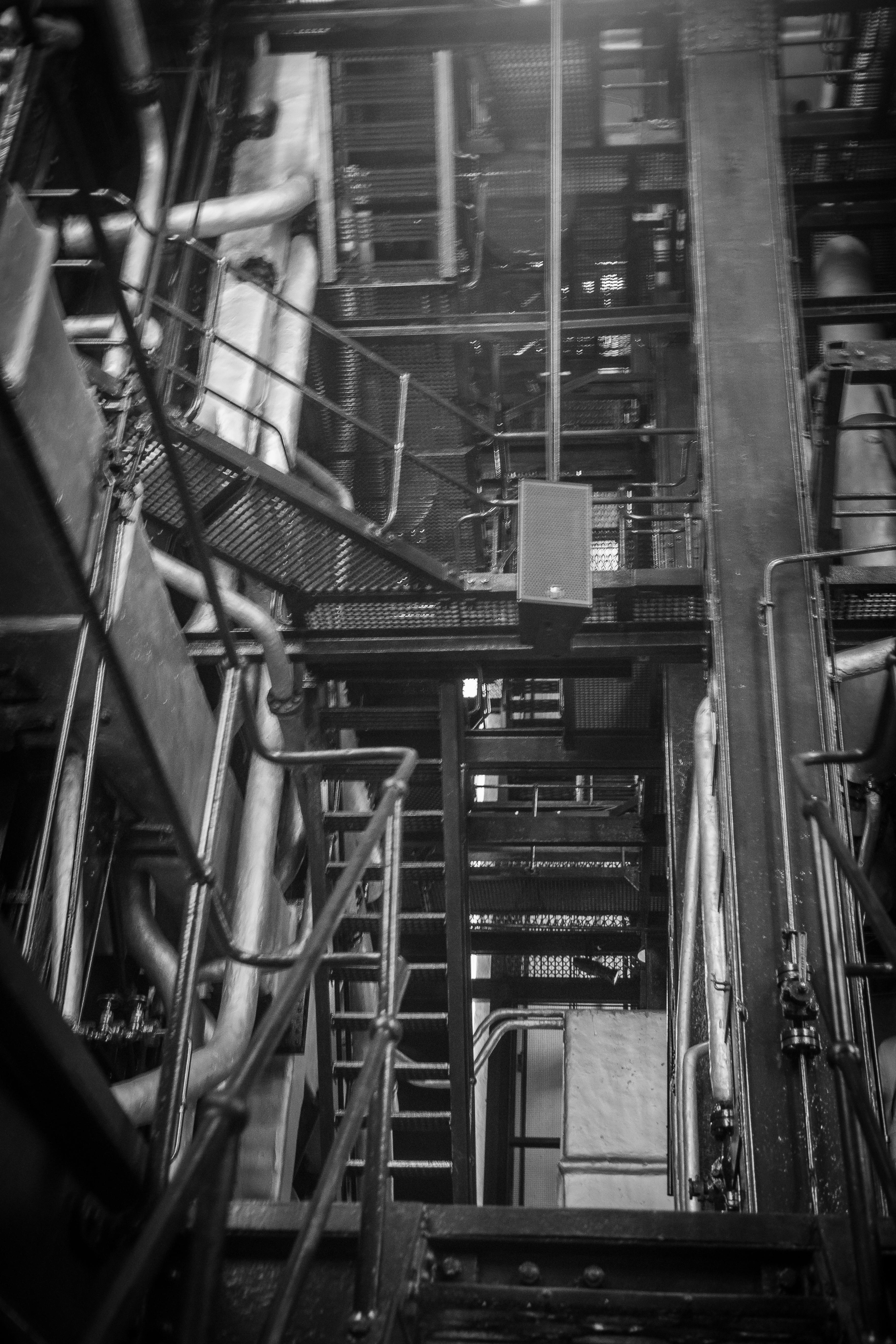
The fourth industrial revolution is here, and it’s being powered by two core technologies: IoT (Internet of Things) and Artificial Intelligence (AI). Smart factories are no longer futuristic concepts—they’re today’s reality, driven by real-time data, autonomous decision-making, and predictive systems.
This article explores how IoT and AI are transforming smart factory software, delivering unprecedented levels of efficiency, automation, and scalability across manufacturing operations.
1. Real-Time Monitoring and Connected Machines

IoT enables machines to communicate, stream data, and self-diagnose issues in real time. Sensors embedded in factory equipment collect information on temperature, speed, energy use, and output levels — feeding this data to a centralized platform.
Impact: Factory managers can remotely monitor production lines, reduce downtime, and make faster operational decisions. This results in lower maintenance costs and increased overall equipment effectiveness (OEE).
2. Predictive Maintenance with AI
Traditional maintenance is either reactive or scheduled — both of which can lead to unnecessary downtime or unexpected failures. With AI, manufacturers can predict when a machine is likely to fail based on historical patterns, vibration analysis, and sensor data.
- Reduces unplanned outages
- Extends asset lifecycle
- Improves workforce productivity
3. Smart Quality Control
AI-enabled visual recognition tools are now part of smart factory software, inspecting parts, materials, or final products in real time. Unlike manual inspections, AI can detect micro-defects with far greater precision.
Example: Computer vision can automatically flag a faulty product on a conveyor belt, stopping the line or rerouting it — without human intervention.
4. Energy Efficiency and Sustainability
IoT devices track electricity, gas, and water consumption in real time. AI then analyzes usage patterns and suggests optimizations, such as load balancing or turning off idle equipment.
This is critical for companies aiming to meet ESG goals, reduce costs, and comply with sustainability regulations.

5. Autonomous Supply Chain and Inventory Management
Smart factory platforms can connect with supply chain systems to track materials, predict shortages, and reorder components automatically. With AI, demand forecasting becomes more accurate — minimizing inventory waste and lead times.
- Dynamic inventory adjustments
- Just-in-time (JIT) production optimization
- Integration with ERP systems
What’s Next for Smart Factories?
The combination of IoT and AI is laying the foundation for truly autonomous manufacturing. With edge computing, digital twins, and 5G connectivity now entering the ecosystem, smart factories will become even more intelligent, responsive, and data-driven.
Companies looking to adopt smart factory software must evaluate their current infrastructure and partner with solution providers who specialize in industry 4.0 technologies and cloud-native systems.
These innovations are no longer optional — they’re essential for maintaining a competitive edge in modern manufacturing.
